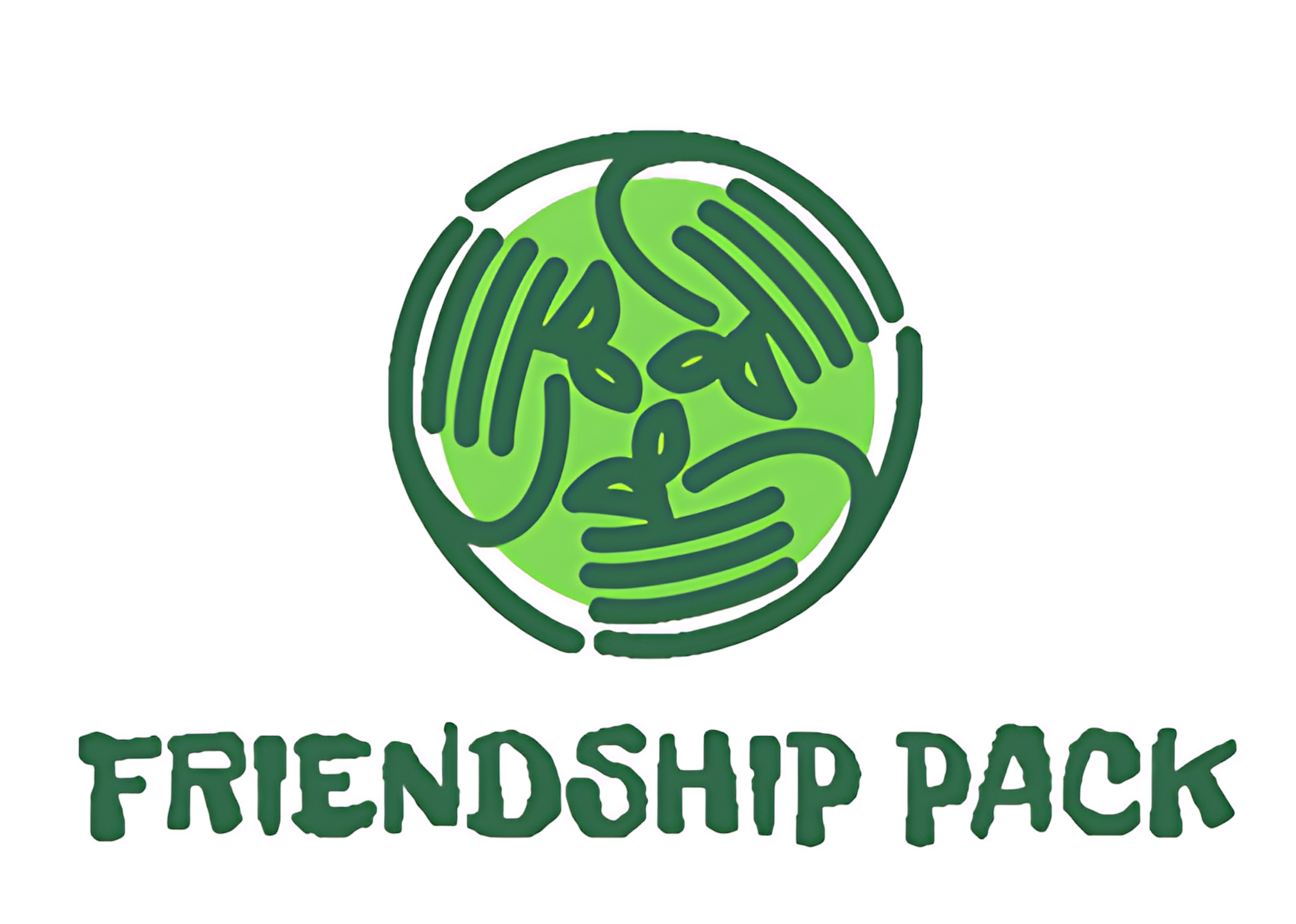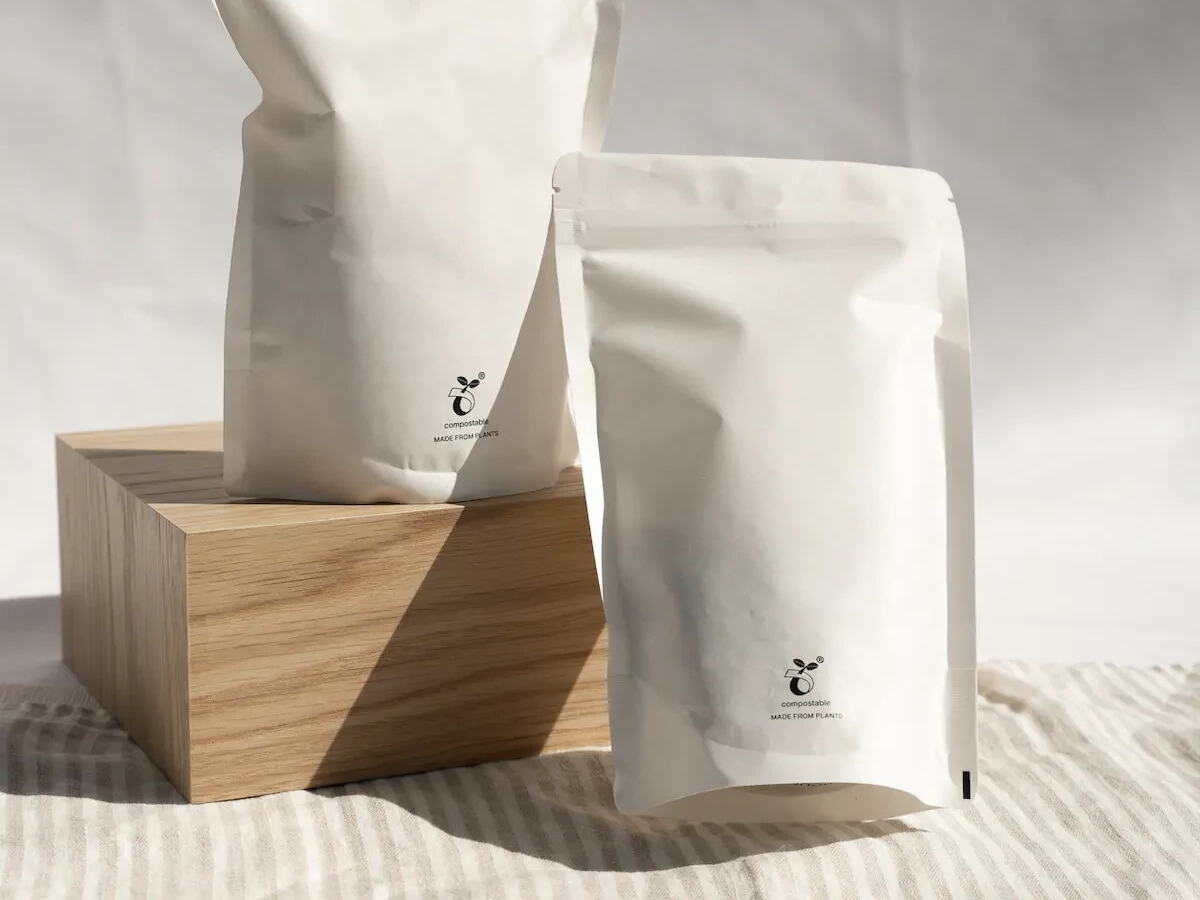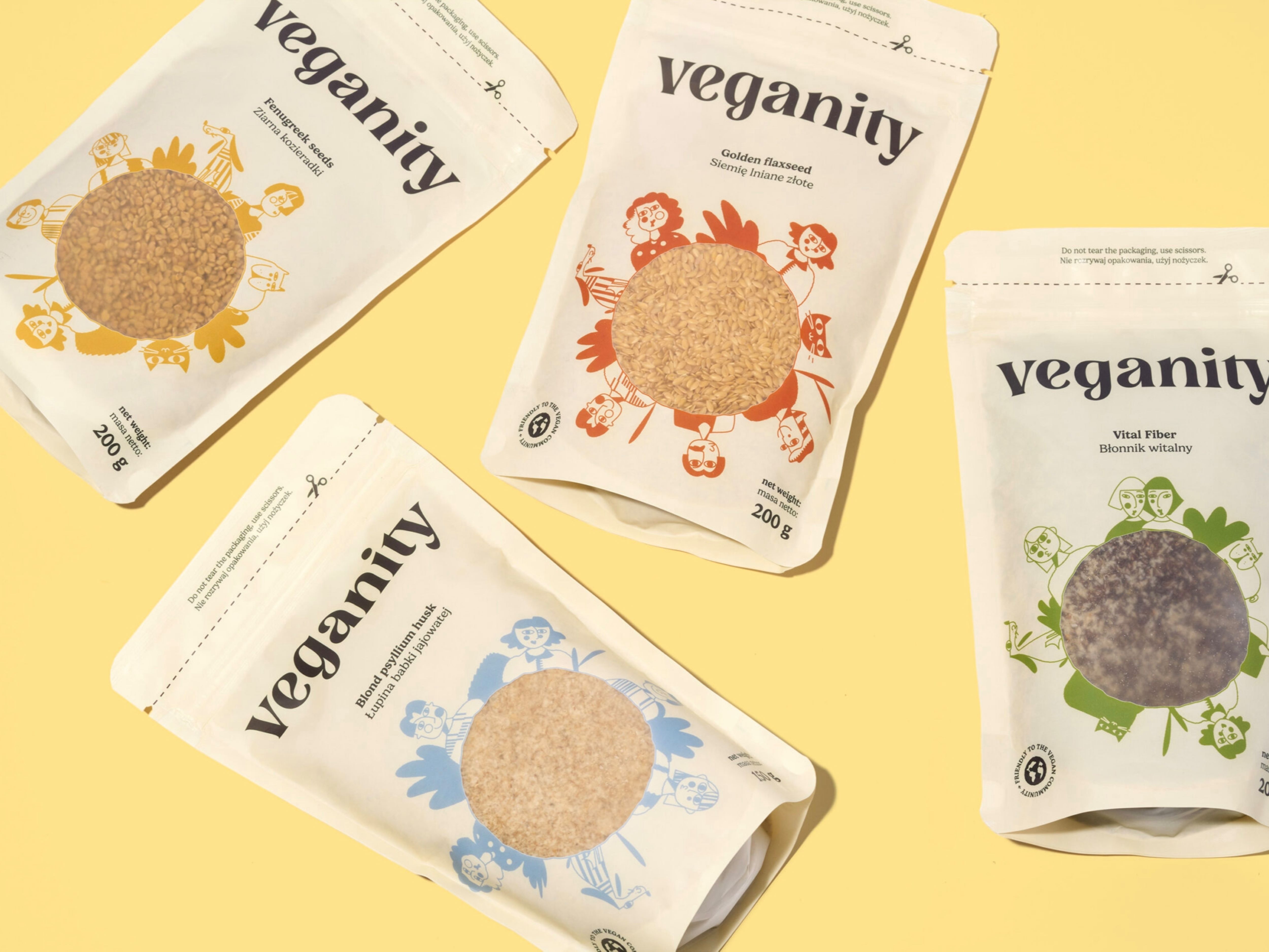
Smart Choices. Sustainable Materials.
Our packaging solutions feature two of the world’s most widely recyclable plastics: Polyethylene (PE) and Polypropylene (PP). Engineered for both performance and sustainability, these mono-material structures support the global shift toward a circular economy.
-
PE Packaging: Flexible, durable, and fully recyclable, PE is ideal for pouches, films, and wrappers. It’s widely accepted in recycling streams across Europe and North America.
-
PP Packaging: Lightweight and heat-resistant, PP is perfect for containers, caps, and rigid packaging formats. Its recyclability makes it a smart choice for brands committed to reducing landfill waste.
By choosing PE or PP, you're aligning with leading sustainability trends, reducing carbon footprints, and meeting the growing demand for eco-conscious packaging.
Certified recyclable. Future-ready. Designed for global responsibility.
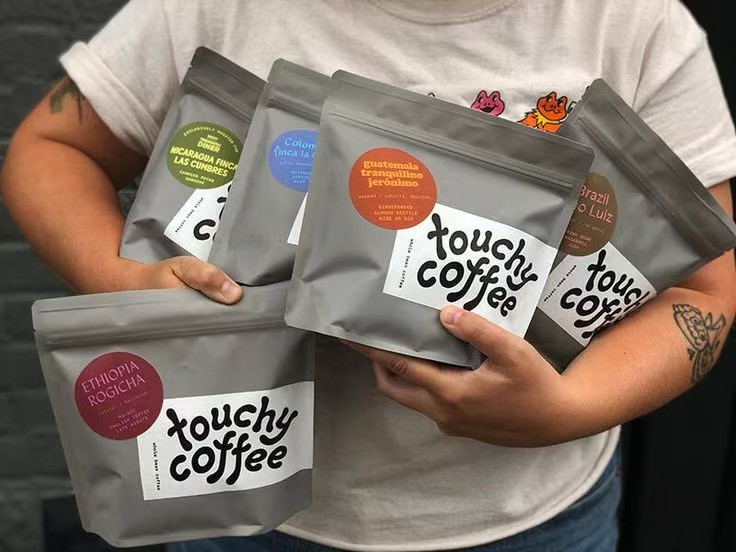
Market Trends of PCR in Flexible Packaging (Global Perspective)
1. Growth Trend
-
Europe is the most mature market for PCR flexible packaging, especially in countries like Germany, France, and the Netherlands.
-
North America (particularly the U.S. and Canada) is aggressively advancing standards that encourage both recyclability and high PCR content in film packaging.
-
APAC regions, such as Japan and Australia, are also increasing PCR adoption under policy pressure.
-
By 2027, PCR is expected to be used in 15%–20% of global flexible packaging.
2. Key Application Areas
| Industry | Packaging Forms | Common PCR Materials |
|---|---|---|
| Food Packaging | Snack pouches, frozen food bags, coffee pouches | PCR PE, PCR PET |
| Home & Personal Care | Refill packs, liquid detergent pouches | PCR PE, PCR PP |
| Pet Food | Large zipper bags, PET/foil laminates | PCR PE/PET laminate |
| E-commerce/Fashion | Shipping bags, transparent apparel bags | PCR LDPE |
Advantages
-
Sustainability Claims: PCR flexible packaging enhances brand ESG goals and strengthens sustainability messaging.
-
Circular Loop Support: Using PCR helps establish closed-loop recycling systems, especially for film-grade plastics.
-
Compatibility with Existing Processes: Most PCR PE/PP films are compatible with current extrusion, printing, and sealing equipment.
Challenges & Technical Barriers
| Challenge | Description |
|---|---|
| Material Purity & Odor Control | Recycled film feedstocks may have odor or contamination, particularly concerning for food packaging. |
| Visual Appearance & Clarity Loss | PCR films often appear grayish, affecting premium packaging aesthetics. |
| Food Contact Safety Regulations | Short supply and strict certification requirements (e.g., FDA/EFSA) for food-grade PCR films. |
| Multi-layer Recyclability | Many flexible packages are still PET/PE or PET/AL structures, which are difficult to recycle or replace with PCR. |
Innovation Directions (2025 and Beyond)
-
Mono-material (PE/PE or PP/PP) + High PCR ContentTransitioning toward fully recyclable flexible packaging with high PCR levels.
-
Integration of Mechanical + Chemical RecyclingChemical recycling will expand availability of food-grade PCR with higher purity.
-
Development of Functional PCR FilmsEnhancing barrier, sealing, and moisture protection to replace traditional multilayer laminates.
Sample Marketing Copy (for International Use):
Sustainable Soft Packaging with PCR Integration
As global demand for circular packaging rises, we are proud to offer flexible packaging solutions incorporating post-consumer recycled (PCR) content. Designed for recyclability and made from materials like PCR PE and PCR PP, our soft packaging aligns with evolving sustainability targets across food, personal care, and e-commerce sectors.
With mono-material structures and certified food-grade PCR options, we are helping brands meet regulatory goals while reducing plastic waste—without compromising performance.
Clean. Circular. Consumer-ready.
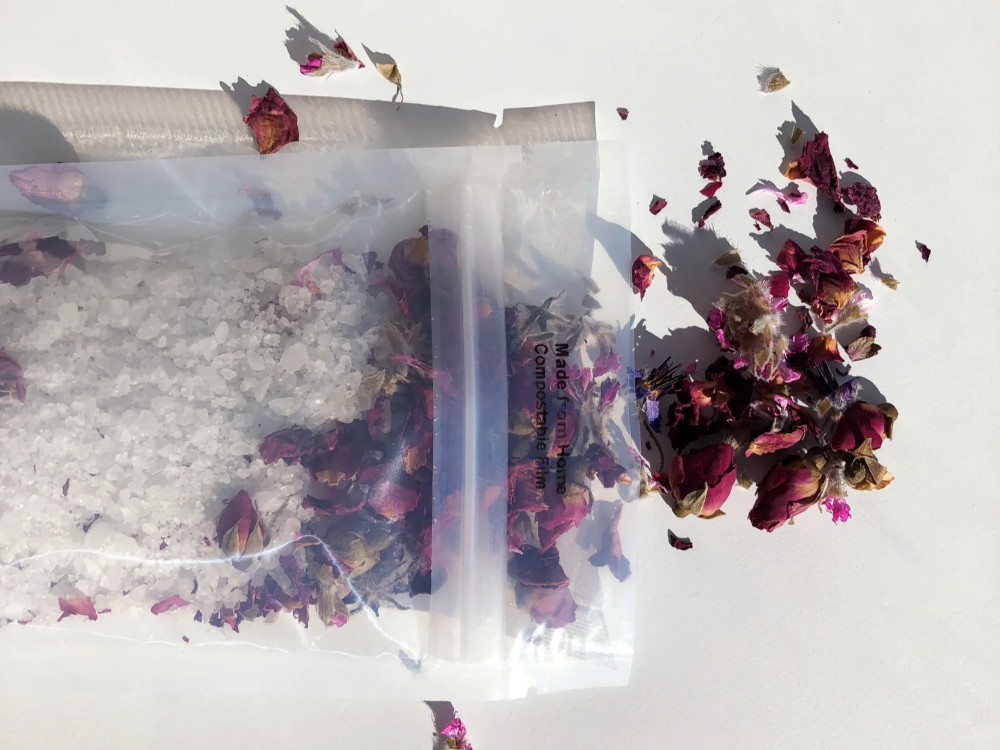
Compostable Flexible Packaging: Materials, Structures & Global Market Trends
Composting Classifications
Type Environmental Conditions Degradation Period Common Certifications Home Compostable Ambient (20–30°C), backyard compost ~6 months OK Home Compost (TÜV Austria), AS 5810 (Australia) Industrial Compostable High temp (≥58°C), industrial composting 2–3 months EN 13432 (EU), ASTM D6400 (USA), AS 4736 (Australia) Main Materials & Structures
Material Compostability Features Common Packaging Structures Typical Applications PLA Industrial composting Transparent, heat-sealable, bio-based PLA/PLA, PLA/paper Food bags, tea pouches PBAT Industrial composting Flexible, often blended with PLA PBAT/PLA, PBAT/starch Produce bags, mailers PBS Industrial composting Heat resistant, bio-based PBS/PLA, PBS mono-material Wet wipe pouches, sauce packs PHA Home + Industrial Microbial fermentation, marine degradable PHA mono- or multilayer structures Premium eco products Paper/Coated Bioplastics Home/Industrial Natural look, barrier depends on layers Paper/PBAT, Paper/PLA, Paper/NatureFlex Takeaway, retail packaging NatureFlex™ (NK/NKME) Home/Industrial Regenerated cellulose (from wood pulp) NK = NatureFlex + sealant NKME = NatureFlex + metallization + PLA/seal layer Coffee, snacks, high-barrier packaging Typical Structures Explained
Code Composition Compostability Key Features NK NatureFlex (cellulose film) + compostable sealant Home compostable Transparent, eco-friendly, for lightweight packaging NKME NatureFlex + metallized layer + PLA/sealant Industrial (some home) High barrier, ideal for coffee/snack packaging PLA/PBAT Transparent or matte PLA + soft PBAT Industrial compostable Soft, sealable, ideal for mailers and produce bags Paper/PBAT or Paper/PLA Paper + compostable coating layer Varies (mostly industrial) Natural appearance, suitable for retail applications PBS/PLA Heat-stable PBS + PLA layer Industrial compostable Suitable for moist or heated content packaging Application Areas
Industry Application Types Recommended Structures Food Packaging Snack bags, frozen pouches PLA/PLA, Paper/PBAT, NK Coffee/Tea Coffee bean pouches, tea bags NKME, PLA/PLA, Paper/NatureFlex E-commerce/Retail Mailers, apparel bags, shopping bags PBAT/PBAT, PBS mono-layer, Paper/PBAT Personal Care Wet wipes, refill pouches PBS/PLA, PLA/PLA Premium Eco Goods Organic snacks, sustainable gift pouches NKME, PHA Market Trends by Region
Region/Country Regulations & Market Adoption EU EN 13432 enforced; France/Germany ban non-compostable produce bags; supermarkets pushing compostable films Germany/Netherlands High-end brands adopting NatureFlex-based NK/NKME structures, especially in food & personal care Australia Home & industrial composting defined (AS 5810/4736); PLA bags common in retail USA (California) ASTM D6400 widely accepted; PBAT/PLA compostable mailers used in organic food and e-commerce Japan Green Procurement Law promotes bioplastics; used in foodservice and fresh produce packs China (emerging) Early-stage adoption under plastic ban policies; pilot projects in takeout & courier bags Sample English Promotional Copy:
Fully Compostable Flexible Packaging Solutions
We offer a wide portfolio of certified compostable flexible packaging structures—including PLA, PBAT, PHA, and NatureFlex (NK/NKME)—designed to meet both industrial and home composting standards. From paper-based laminates to high-barrier metallized films, our solutions serve food, personal care, and e-commerce sectors.
Certified by global standards (EN13432, ASTM D6400, OK Compost), these materials break down naturally, helping your brand meet circular economy goals while delivering performance and shelf appeal.
Smart Packaging. Clean Future.
